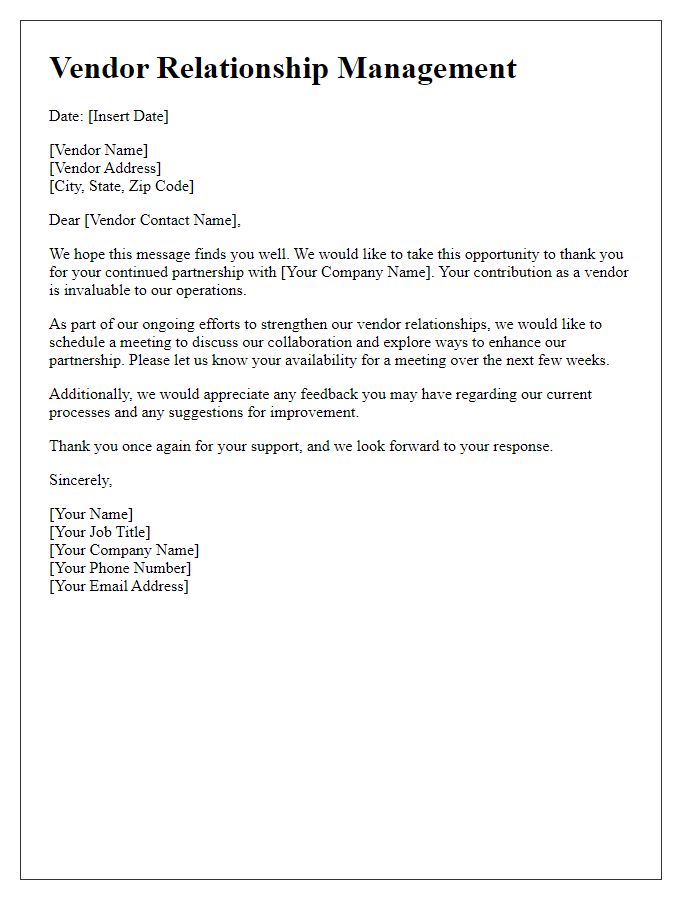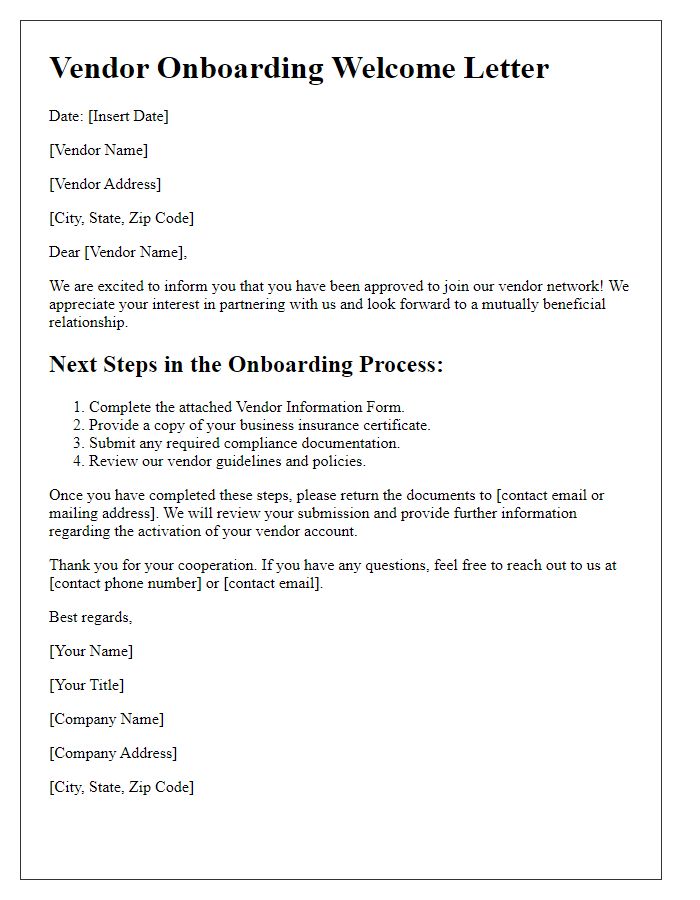In today's interconnected world, managing vendor risk has become more crucial than ever for businesses striving to protect their assets and reputation. Understanding the potential pitfalls of third-party relationships can help organizations establish a robust risk management strategy that safeguards their operations. By identifying, assessing, and mitigating risks associated with vendors, companies can foster safer partnerships and long-term success. If you're interested in learning how to streamline your vendor risk management approach, keep reading!

Vendor Risk Assessment
Vendor risk assessment plays a crucial role in an organization's overall vendor risk management strategy, ensuring adherence to compliance and risk mitigation protocols. The process involves identifying and evaluating potential hazards associated with third-party service providers, such as software vendors, supply chain partners, or consulting services. A comprehensive assessment typically includes analyzing vendor financial stability, assessing cybersecurity practices, evaluating regulatory compliance related to data protection, and examining past performance metrics. Key tools for this assessment can include questionnaires, audits, and site visits, which facilitate a thorough understanding of the vendor's operational risks. Tools like risk matrices and scoring frameworks, utilized within platforms such as GRC (Governance, Risk Management and Compliance) software, allow for streamlined risk categorization. Continuous monitoring post-assessment ensures that any emerging risks are swiftly identified and addressed, thereby protecting the organization's resources and reputation.
Compliance and Regulatory Requirements
A solid vendor risk management strategy must address compliance and regulatory requirements that govern industry-specific standards. Organizations must adhere to regulations such as the General Data Protection Regulation (GDPR) enacted in Europe or the Health Insurance Portability and Accountability Act (HIPAA) in the United States, which impose strict data protection and privacy measures. Assessing vendor compliance with these regulations, along with frameworks like the National Institute of Standards and Technology (NIST) Cybersecurity Framework, is essential for mitigating risks. Regular audits, documentation, and reporting mechanisms should be implemented to ensure ongoing compliance, alongside vendor training programs to promote awareness of regulatory obligations. This systematic approach not only safeguards sensitive information but also fosters a culture of accountability within the supply chain.
Risk Mitigation Strategies
Developing a comprehensive vendor risk management strategy involves multiple key components. Effectively assessing and mitigating risks associated with third-party vendors, companies must identify critical areas such as data security (particularly sensitive personal identifiable information, or PII), compliance with regulations (like GDPR or HIPAA), and financial stability (credit ratings and financial audits). Regular risk assessments (quarterly or bi-annual) should be conducted to evaluate vendor reliability and performance. Establishing clear contractual obligations is essential, ensuring vendors adhere to security protocols and incident response plans. Additionally, employing continuous monitoring and audits can help identify potential risks early. Training internal teams on vendor management best practices enhances awareness and preparedness in mitigating risks associated with reliance on third-party services or products.
Communication and Reporting Protocols
Effective communication and reporting protocols are essential for a robust vendor risk management strategy in organizations. Regular monitoring of vendor performance ensures adherence to compliance standards and risk mitigation. Scheduled quarterly assessments provide vital insights into vendor stability, with key performance indicators (KPIs) such as incident response times and service level agreements (SLAs) evaluated. An escalation matrix outlines roles and responsibilities, ensuring timely issue resolution by designating contacts such as risk officers and vendor managers. In addition, using tools like centralized dashboards facilitates transparent reporting, allowing stakeholders to review documented vendor assessments and maintaining compliance with regulations such as GDPR and SOX. Regular training sessions equip employees with knowledge on vendor risk identification, enhancing overall organizational resilience against risks.
Vendor Performance Evaluation
Vendor performance evaluation is essential in assessing partner reliability, quality of service, and compliance with contractual obligations. Regular assessments, often conducted quarterly or bi-annually, examine critical performance metrics, including delivery timelines, product quality ratings, and responsiveness to inquiries. In 2022, reports indicated that 15% of vendors underperformed based on these metrics, leading to increased operational risk. Within specific industries, such as technology or pharmaceuticals, the implications of vendor failure can be significant, impacting project timelines and regulatory adherence. Additionally, utilizing software tools for real-time data analysis streamlines the evaluation process, allowing for swift identification of issues and fostering a proactive approach to vendor relationships. Comprehensive evaluations also incorporate feedback from internal stakeholders to capture ground realities and improve overall collaboration, driving enhanced vendor accountability and strategic alignment with organizational goals.













Comments